Description of type vegetative ecosystem on the territory of Exclusion zone
Carryied out on the territory of Chernobyl exclusion zone researches for diversion of radioecological state have proved that modern changes of radioecological situation is basically provided not by processes of change of physic and chemical radionuclide characteristics, but developments and variances of composition and structure of phytocenosises, in other words by sucsesions of phytocenosises. So it is rather logic and warrantably that one of main objects of scientific researches on the ChEZ territory are vegetable communities.
Now it is well known stabilising role of forest plantations (in particular pine forests), which they have had in initial period of the accident. Exclusive barrier ability of forest cenoses to retain radioactive fallouts in crowns has played an essential role in restriction of accident radionuclide release and this is particularly came out on adjoined to the ChNPP territory (near area). The term «red wood» is known now for any common citizen. So, even now, it is possible to hear fantastic tales on ostensibly absolutely burned by radionuclides and free from all flesh (with exclusion of mutant, certainly) Chernobyl land. Incidentally, one of the reasons to creation of this site was desire to give information of the exclusion zone from people, who get it in real experiments, what is named first-hand information.
Vegetable communities of Exclusion zone
Bigger part of the Chernobyl territory belongs to the Kiev-Polessie geobotanical area, and small its part (at the river Pripiat left side) – to Polessie-Pridneprovsky area. Among vegetable communities of the territory dominate pine and pine-oak forests, there are also hardbeam-oak forest. In flood plains of great rivers most areas occupy boggy and peaty meadow, of small rivers – ephthrophy grassy and woody marshes. Because of soil poor there are nearly no alder and oak forests.
pine forest are formed on soddy-low-podzol and mid podzol sandy and clay sandy soil of different degrees of humidification, as well as on peaty-podzol and peaty soil. Grassy cover here is presented by such groups of associations: лишайниковая (by spots), зеленомоховая (the most wide areas) and blueberry-зеленомошные (commonly), сфагновая (seldom), орляковая (occasionally in south part of zone). Main area are occuped by young, not matured pine species (Pinus sylvestris). Usually they are thin-grassed or grass species Calamaguostis epigeios (L.) Roth) dominate there.
There are uplands and low-lands in the flood plain of the exclusion zone. Flood-plain meadows are exceedingly varied by their nature and by species composition .
This depends, first of all, from topography and ecological conditions of flood plains, which shaping is connected with natural conditions of river net and with type of man economic activity. Grassy cover is presented by plant formation of Festuca pratensis Huds., Agrostis gigantea Roth., Agrostis tenuis Sibth., Poa pratensis L. and others.
Upland meadows (regular, stepped and fallowed) meadows are formed on sod clay-sandy and loamy -sand, with different podzol degree, soils that are sufficiently poor by nutrients. They belong to formation of Festuca pratensis Huds., Elitrigia repens L., Achillea millefolium L., Agrostis tenuis Sibth. On low-land meadows (boggy and peaty) there are groups of Poa palusris L., with addition of Deschampsia caespitosa (L.) Beauv., Carex acutiformis Ehrh., Lythrum salicaria L., Comarum palustre L., Juncus effusus L., Solanum duclamara L .
Spatial model of vegetative cenosys on the territory of exclusion zone.
Rare plant species on the zone territory
Naturelly, species variety of vegetable communities on the territory is stipulated in the first place by agro-climatic conditions of vegetation place for each plant species. Though, in conditions of the ChEZ there is one particularity of this process – on the man’s departure from the most part of the territory, vegetable cover formation is going on rules of natural development of ecosystems, i.e. without man interference. To start with, some scientists have been predicting essential depletion of vegetable gene pool. It was expected in consequence of radiation damage rare and narrow-spread species, i.e. endemic ones.
However it was not fixed disappearance of plants that were growing here before accident.
It is known there were 23 vascular species, before the accident, on the territory, which was transformed later in the exclusion zone, and they were brought in «The Red book of Ukraine». Last survey took place in 1985. Thereat all species, which were specified in the roll, were found in sanctuary places. Scientists did not succeed to carry out new survey of rare plant species for post-accident period. Though common observing of general condition of biocenoses on the territory of exclusion zone have let to fix growing place of 11 «red-book» plant species.
Reference:
- Flora of Ukrainian SSR 1950; Zaveruha B.V., Andrienko T.L., Protopopova V.V.
- Red Book of Ukraine. Roslinny svit:/ Edit. board: Yu.R. Sheliag-Sosonko (resp. ed.) at all – Kiev.:”Ukrainska enciklopedia” aft. M.P. azhana, 1996. – 608 p. ISBN 5-88500-064-6
- Davydchuk V.S., Zarudnaya R.F., Miheli S.V. et al. Landscapes of Chernobyl zone and their evaluation by condition of radionuclide migration. Kiev: Naukova dumka, 1994. 112 p.
- Tixomirov F. A., Scheglov A. I., Cvetnova A. B., Klyashtorin A. L. Geochemical migration of radionuclides in forest ecosystems of ChNPP radioactive zone // Pochvovedenie. 1990, № 10. – p. 41-50.

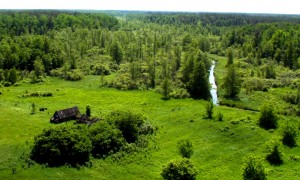





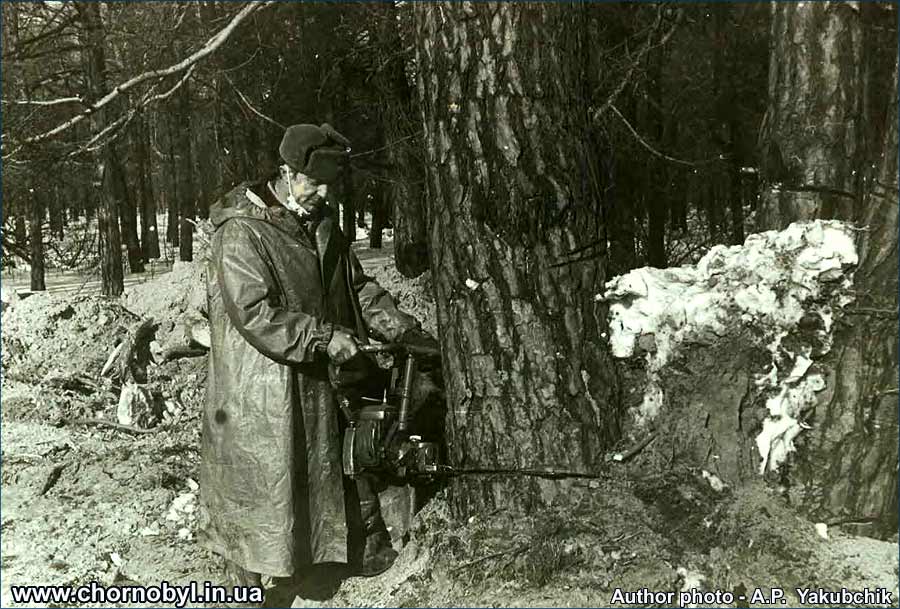
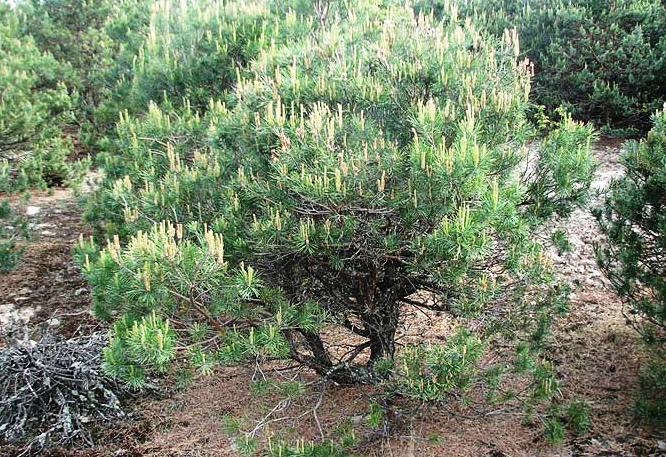
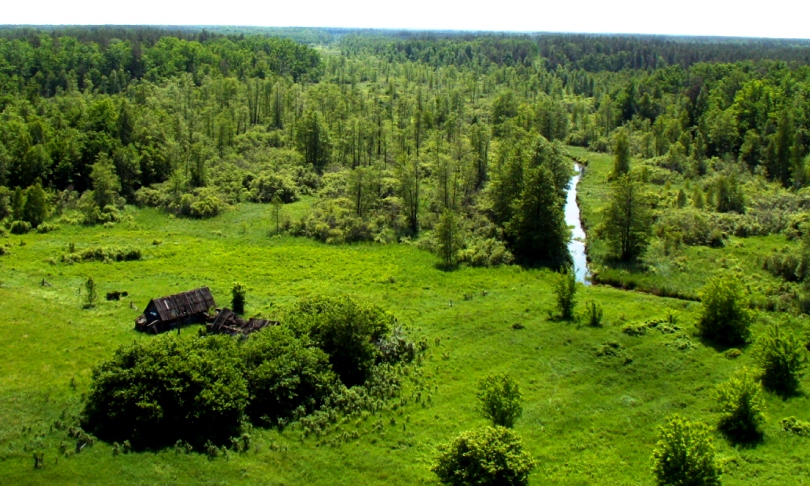
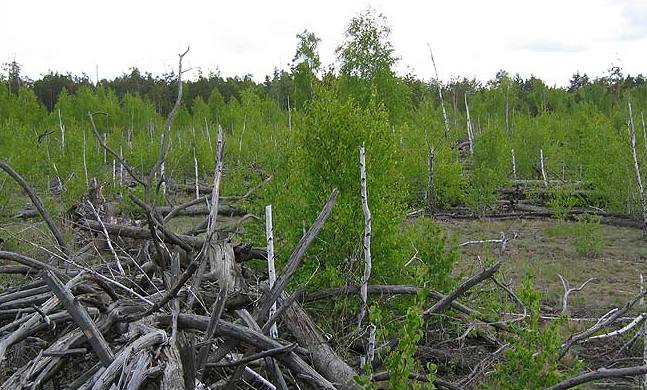
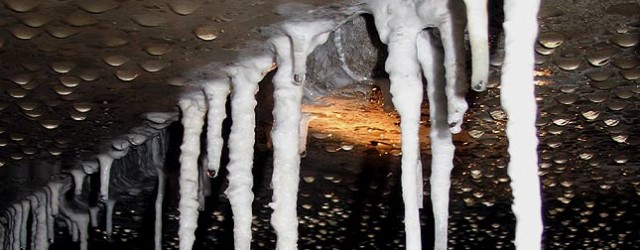





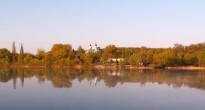
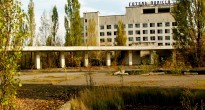
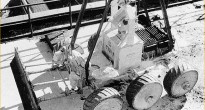
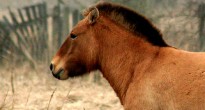
 Russian
Russian